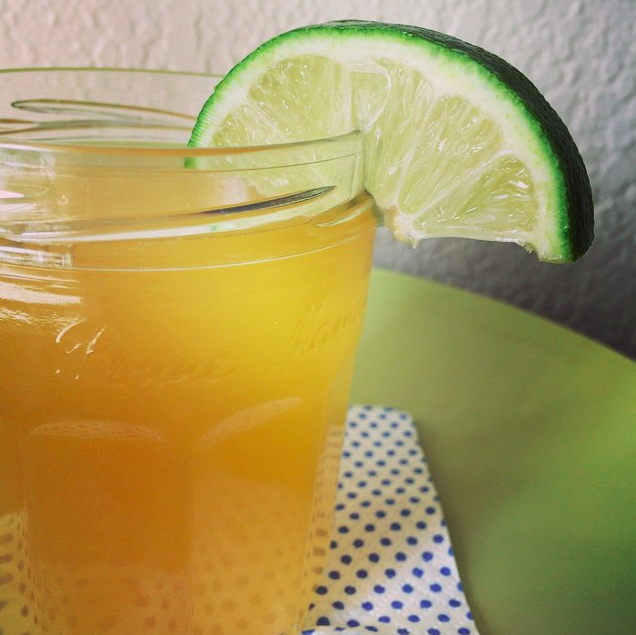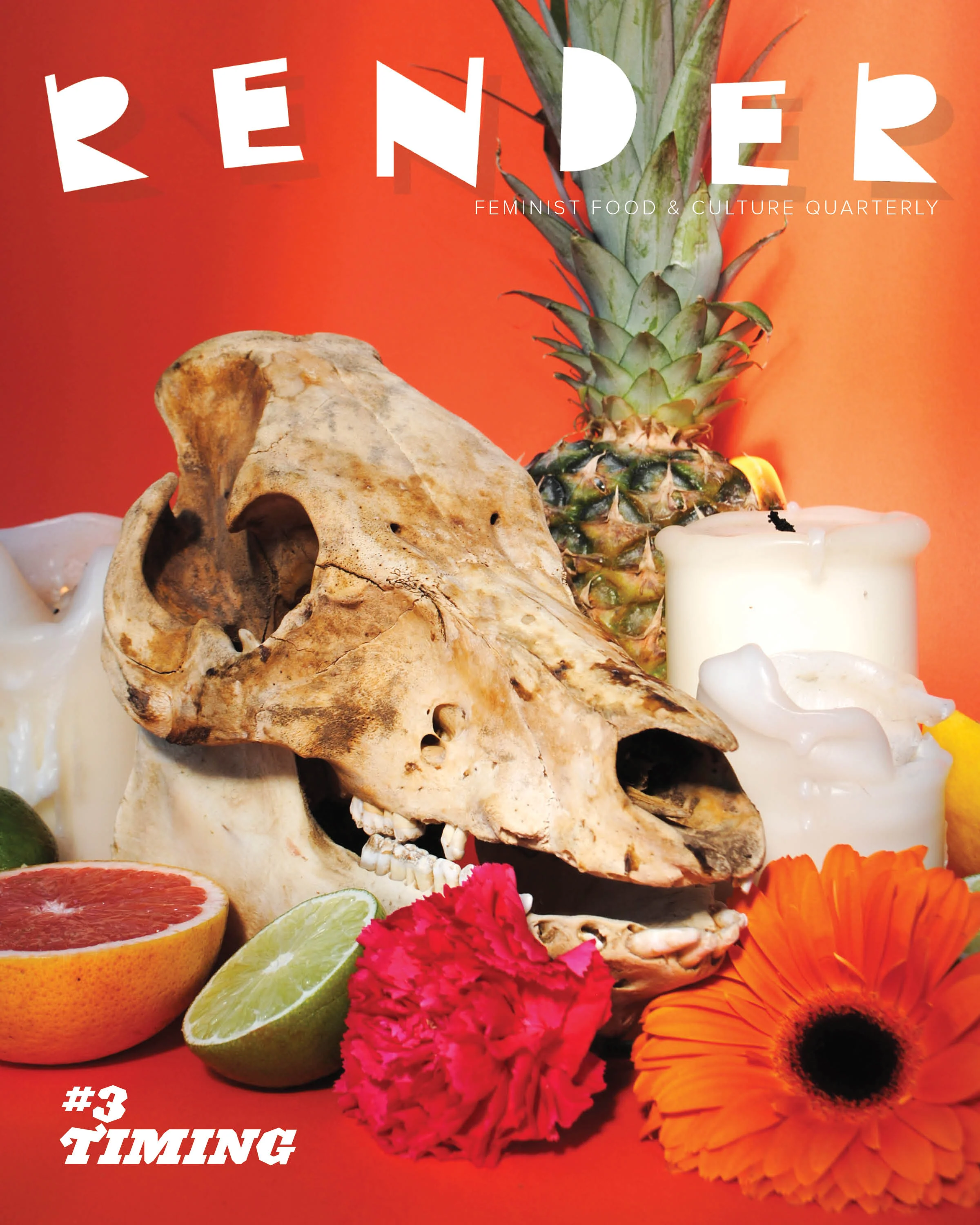

In each monthly installment of Bender, Caroline Ferguson will explore the social, cultural, and historical context of a single cocktail or boozy beverage. From settling which country lays claim to Pisco, to exploring the Carthusian Monks’ Chartreuse caves, Caroline will try to track down all the places your drink has been before it gets in your glass—always ending with a recipe of her own creation. Pull up a chair and a glass.
Like many things that are widely enjoyed by young women, amaretto sours get a bad rap.
The internet is crowded with articles that dismiss it as a beginner’s drink, to be enjoyed only by fake ID–wielders, woo-girls, and party moms (the Unholy Trinity, as far as many bartenders are concerned). It is clear that no self-respecting drinker would ever think of ordering an amaretto sour.
I’ll admit it—they are pretty one-note, and that note is sweet. It’s hard to mask amaretto, the Italian almond liqueur that provides the drink’s backbone.
But riddle me this: why would you want to? If you spring for decent amaretto and pay attention to it, you’ll be rewarded with a smooth and drinkable cordial that has a beguilingly bitter finish, lent by the apricot kernels that give the drink its almond flavor.
Yep, you read that right. Amaretto often contains no almonds at all, and is usually safe for people with nut allergies to drink. Apricot kernels taste similar to bitter almonds, a strain of the nut that contains the compound amygdalin. Bitter almonds are highly regulated in the United States, due to the cyanide that synthesizes from the amygdalin when the nut is crushed. Apricot kernels also contain the compound, but thanks to alcohol’s efficacy in extracting benzaldehyde (the almond-tasting stuff) from the amygdalin, the liqueur is harmless. Never fear: you can drink amaretto freely without being poisoned—well, at least not by cyanide.
As for the history of amaretto, nearly every account starts with “as legend has it,” so basically, they’re all probably bullshit.
If we are to trust Disaronno's marketing materials, amaretto dates back to 16th-century Italy. The city of Saronno was in the process of being rebuilt after a devastating war, and the Basilica of Santa Maria delle Grazie commissioned a fresco from artist Bernardino Luini. The fresco itself is real and in the Louvre’s permanent collection, so I’ll give them that.
Luini combed the city for a model to portray the Madonna, and he found one in a lovely local innkeeper. The woman, taken with Luini, created a potion for him using apricot kernel oil, alcohol, burnt sugar, and, of course, 17 Selected Herbs and Fruits™. The recipe supposedly remains unchanged to this day.
So, yeah. Take that one with a huge grain of salt.
According to another story (this one conveniently sponsored by the Lazzaroni brand), amaretto is considerably younger. Lazzaroni claims their amaretto, first created in 1851 from an infusion of their amaretti cookies, is the world’s oldest.
Amaretto’s recent history is much less mysterious, and consequently more boring. It was first imported to the United States in the 1960s, and was the subject of a gloriously cheesy ad campaign. By the mid-80s, it was second only to Kahlua in the nation’s most popular liqueurs.
If you’ve ever been to a bar near sorority row, you know the rest. But before you hate on amaretto-swigging woo-girls, consider this: in most versions of Disaronno’s story, Luini and the innkeeper end up engaged in a passionate love affair. If it’s good enough for the old masters, it should be good enough for you.
Strawberry Rhubarb Amaretto Sour
In the interest of citing my sources, this recipe was inspired by no fewer than three others. First and foremost, PDX readers may recognize bartender Jeffrey Morgenthaler’s peerless amaretto sour recipe. He amps his up with bourbon and an egg white, and I’ve done the same. Secondly, while searching for a flavor combination to enhance amaretto, I thought of my favorite cake in this or any universe: Thomas Keller’s amaretto-brushed almond cake, which is served alongside lemony strawberry rhubarb compote. Finally, the syrup recipe is adapted from this one.
Syrup ingredients:
1 cup water
2 tablespoon fresh lemon juice
2 teaspoons lemon zest
1 cup chopped rhubarb
1 cup sliced strawberries (frozen is fine)
Combine all ingredients in a saucepan over medium heat. Bring to a simmer, stirring occasionally. Once the mixture is bubbling, turn off the heat. Cover and let sit until cool. Strain syrup through a fine mesh strainer. Reserve the strawberries and rhubarb, which will be compote-like, for other uses. Pour syrup into a jar and store in refrigerator.
Cocktail ingredients:
1 ½ oz amaretto
¾ oz bourbon (Morgenthaler uses cask strength; don’t worry if you can’t find it)
1 oz lemon juice
2 teaspoons strawberry rhubarb syrup
½ oz beaten egg white
Lemon peel, strawberries, or a rhubarb stalk, for garnish
Instructions:
Pour ingredients into a cocktail shaker over ice and shake. You want a layer of egg white foam on top, so shake hard. Strain over fresh ice. Garnish with fruit.







































